G1 Practice Test – Rules 3
We have created five interactive quizzes whose questions are nearly identical to the ones you will see on your G1 written test. If you can pass each of the five quizzes without any outside assistance, you are ready to take the real thing. Good luck!
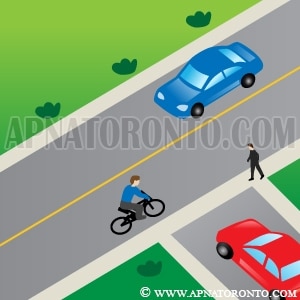
Correct!
Wrong!
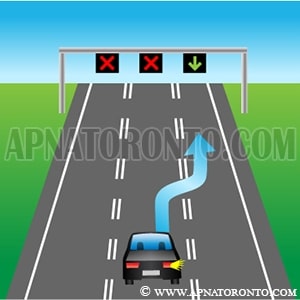
Correct!
Wrong!
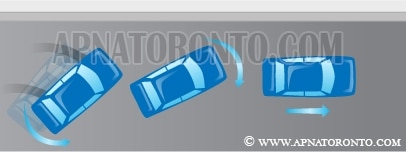
Correct!
Wrong!
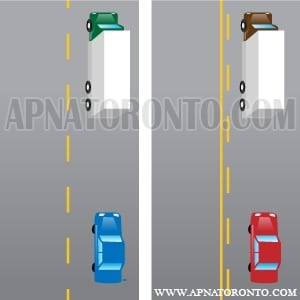
Correct!
Wrong!
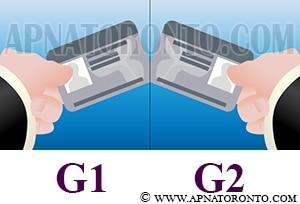
Correct!
Wrong!
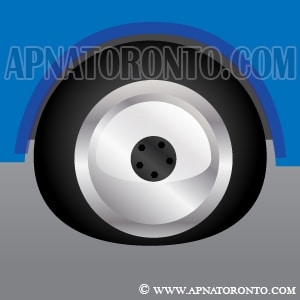
Correct!
Wrong!
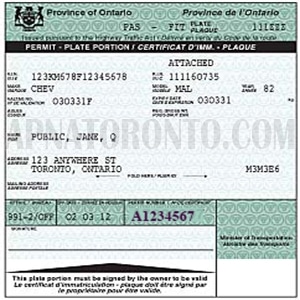
Correct!
Wrong!
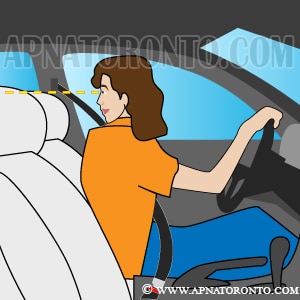
Correct!
Wrong!
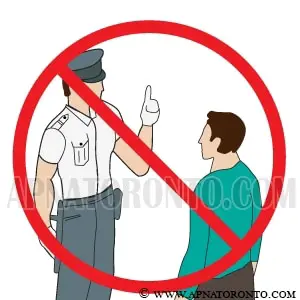
Correct!
Wrong!
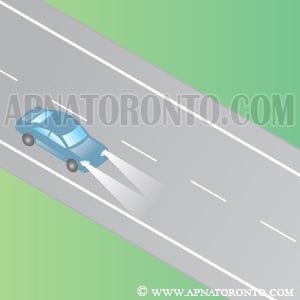
Correct!
Wrong!
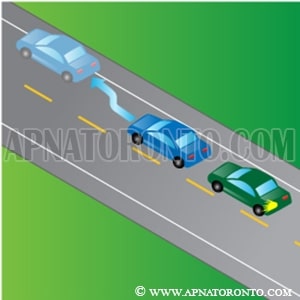
Correct!
Wrong!
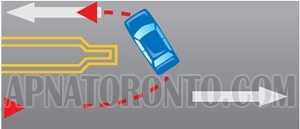
Correct!
Wrong!
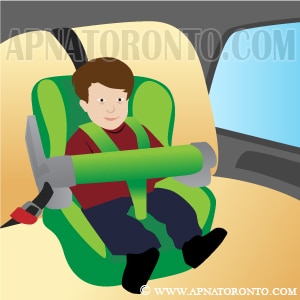
Correct!
Wrong!
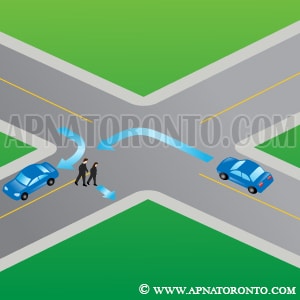
Correct!
Wrong!
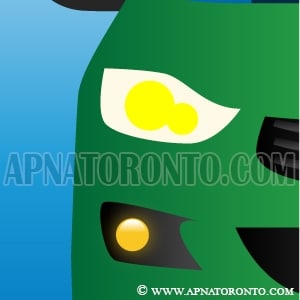
Correct!
Wrong!
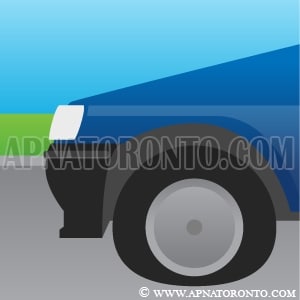
Correct!
Wrong!
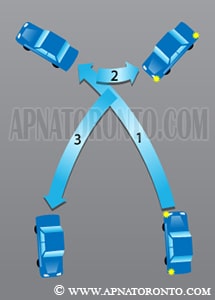
Correct!
Wrong!
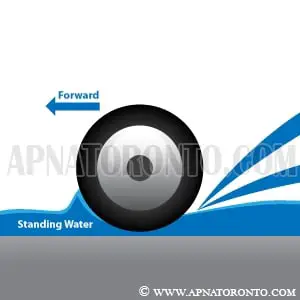
Correct!
Wrong!
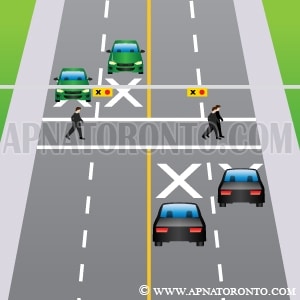
Correct!
Wrong!
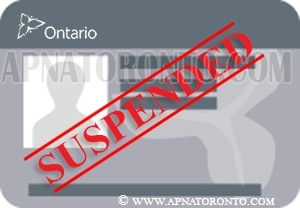
Correct!
Wrong!
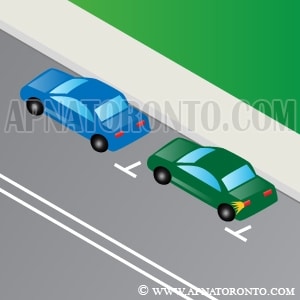
Correct!
Wrong!
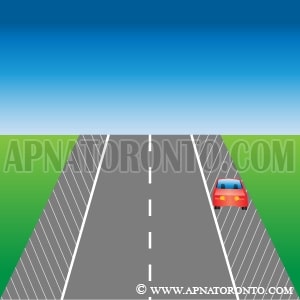
Correct!
Wrong!
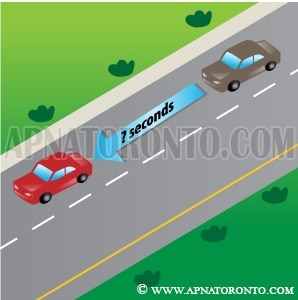
Correct!
Wrong!
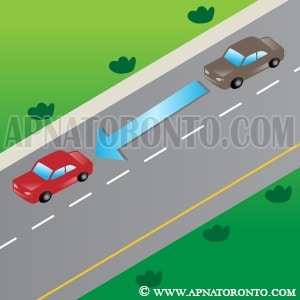
Correct!
Wrong!

Correct!
Wrong!
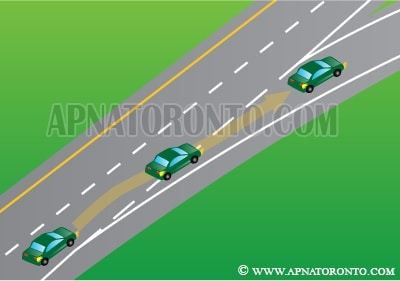
Correct!
Wrong!
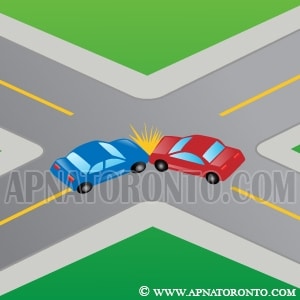
Correct!
Wrong!
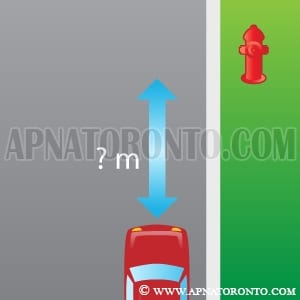
Correct!
Wrong!
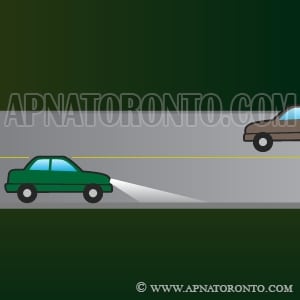
Correct!
Wrong!
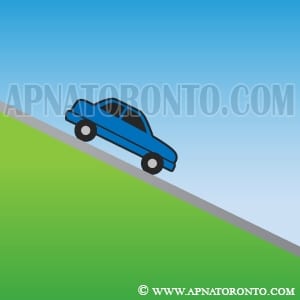
Correct!
Wrong!

Correct!
Wrong!
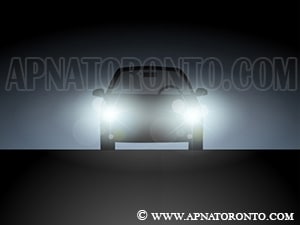
Correct!
Wrong!
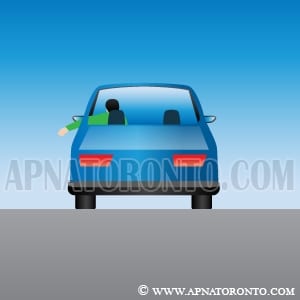
Correct!
Wrong!
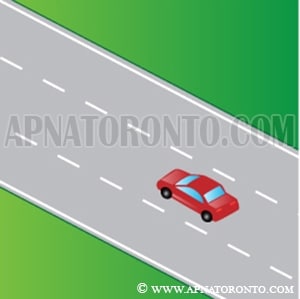
Correct!
Wrong!
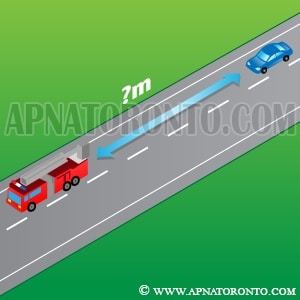
Correct!
Wrong!
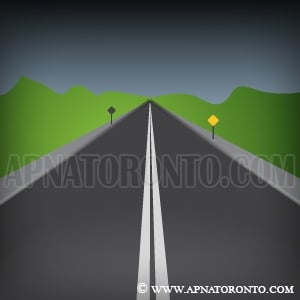
Correct!
Wrong!
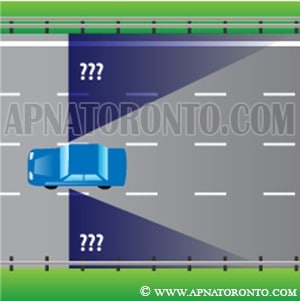
Correct!
Wrong!
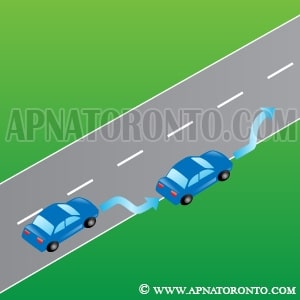
Correct!
Wrong!
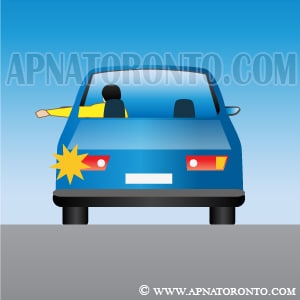
Correct!
Wrong!
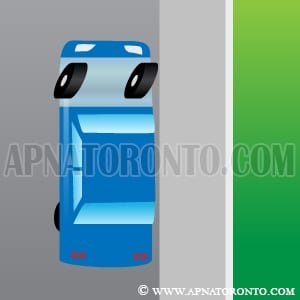
Correct!
Wrong!
Share the quiz to show your results !
Subscribe to see your results
I got %%score%% of %%total%% right
Loading...
The Ontario G1 practice test serves as a valuable tool for those getting ready to secure their G1 driver’s license in Ontario. This exam typically consists of a variety of questions that focus on essential road signs, safe driving habits, and traffic regulations, allowing future drivers to gauge their understanding and preparedness for the written section of the licensing process. Engaging with practice tests can significantly enhance preparation and boost confidence before taking the official exam.
